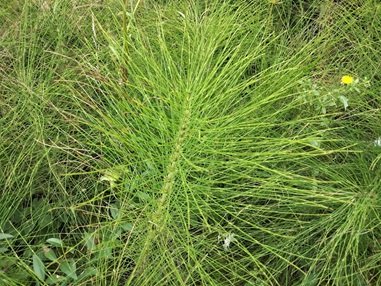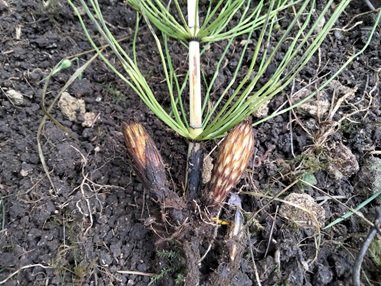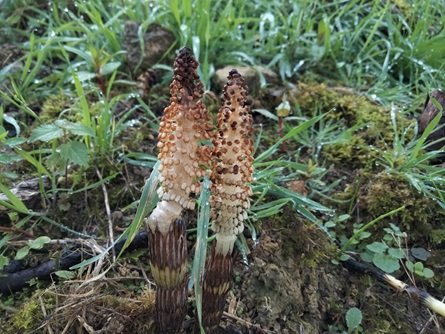I often get asked what is a weed? well it’s really quite simple; –
A weed is a plant growing in the wrong place and can be any plant. For instance, a tree growing in your rose bed or a rose in your vegetable area.
Weeds are usually classified by something that grows from seed and arrives in your garden from the wind or from the garden centre / nursery growing or clinging to the pot, the plant is growing in or from your clothing and footwear or even from the birds and animals that visit your garden and perhaps annoyingly from your neighbour’s garden.
Another saying is “One year’s seed is seven years weed” this is easily explained as the seed from all plants are not designed to all germinate at once.
And are these weeds just wildflowers, then yes, they are. In some cases, allowing then to grow over your garden is a benefit in increasing our wild flora. However, I have noticed that’s these “wildflowers” are not as pretty as some and are often designated as undesirable.
In this garden blog we will look at some of the common weeds that we find in the garden.
We will classify the weeds to 3 main groups. Those being Annuals, Perennials and Pernicious weeds.
Annual weeds,
There is quite an array of annual weeds. Some which will germinate before winter and will grow over winter to start flowering in the spring, where as other that will germinate and grow and seed during the current year.
Such examples of these types of annuals are; – Fat hen grows tall with edible leaves, goose grass (cleavers) or even sticky weed. Green climbing growth with small green flowers. The seed has little barbs on them and are dispersed clinging to fur or garden gloves and clothing, red dead nettle can be regarded as quite pretty small (5-8”) round little plants with pink flowers, herb Robert of the geranium family, pink or white flowers, seed is catapulted, chickweed, small stary flowers and again explosive seed capsules. Overwinters as a green plant, etc
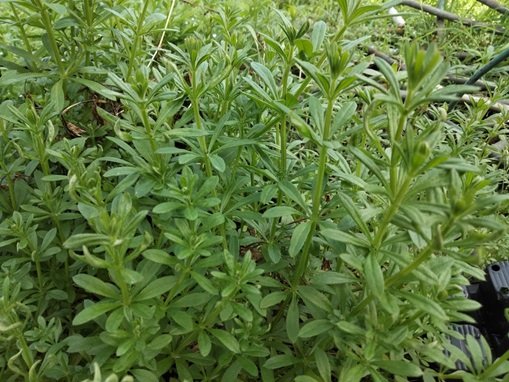
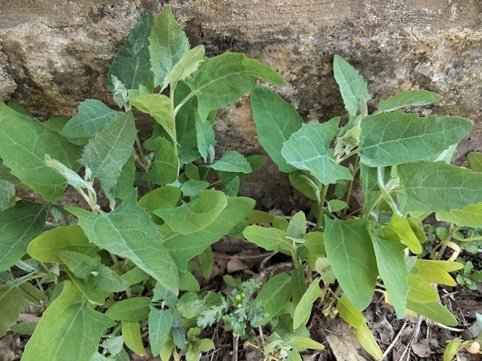
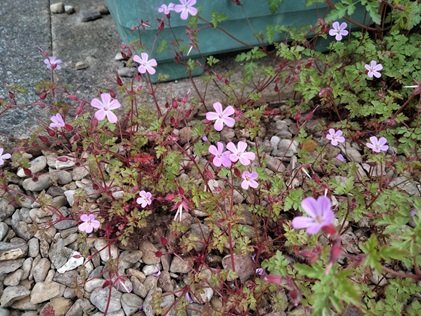
There is sub group to these annuals and they are ephemeral annuals. This means a plant that will grow, flower, seed and die many times within a season. Such examples of this type of weed are groundsel an evergreen weed that will survive the winter. The flower is small and yellow. The seed is dispersed in the wind, spurge belonging to the Euphorbia family. Contains a milky sap that’s sticky and can be an irritant to the skin in sunny weather. The seed is catapulted when the seed capsule is dry. And bittercress, again will survive the winter months as an evergreen. The flowers are small and white and the seed is catapulted once the capsules dry, Bittercress is very likely the worst horticultural weed.
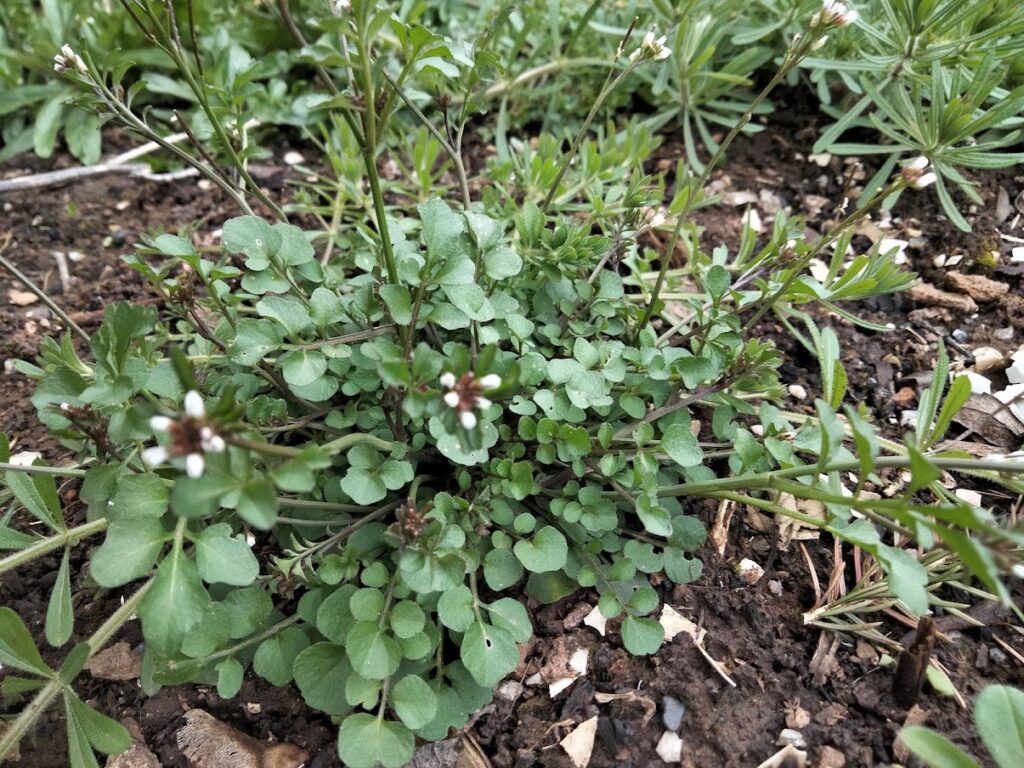
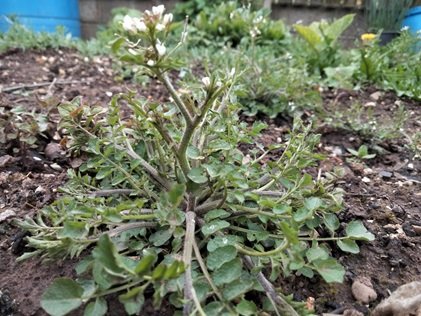

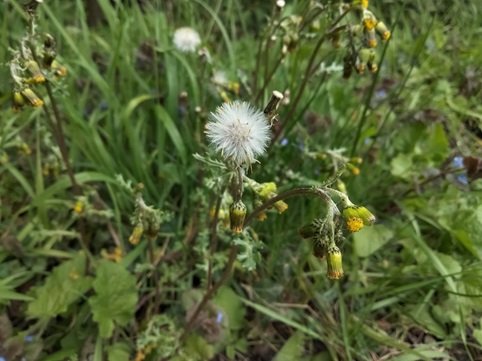
The best treatment for removing annual weed from the garden is to hand weed or on a nice sunny day hoe the weeds off and leave them to die in the sun. You can place weed growth in your composting area providing the weed has no seeds on it. In the autumn and winter months thickly mulch your boarders and this will also prevent weed seeds from germinating – as a lot of seeds need light to germinate.
On hard surfaces like a drive or path you could try flame throwing the weeds off. However you need to be careful not to scorch other plants around the area, This method will only kill off the leaves and it will grow back.
The use of weed killers could be key for such areas but I am finding more and more people don’t wish to use weedkillers for various reasons.
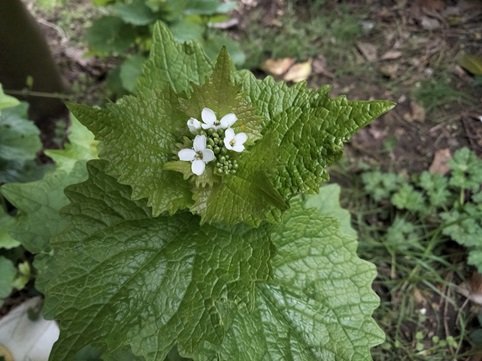
Another group but not as many are the plants which are biennials. These are weeds that grow one year and then flower seed and disperse their seeds in the second year. Examples of these types of weeds would be, Jack in the hedge, an evergreen plant that grows up to a foot high with white flowers and belongs to the cabbage family. Ragwort, makes a large rosette and produces a tall flowers stem with many golden yellow daisy-like flowers. The seed id dispersed in the wind and willow herb, a very common weed, the seed arrives on the wind, has a small pink flower, elephant hawk moth caterpillars love this as their primary food source.
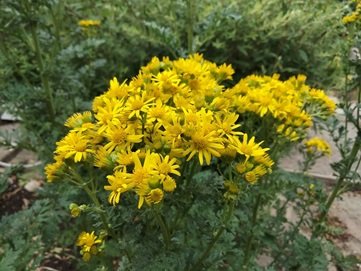
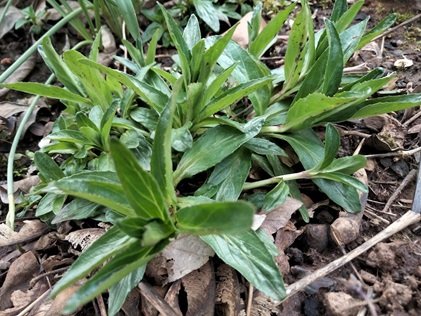

Annual Grasses
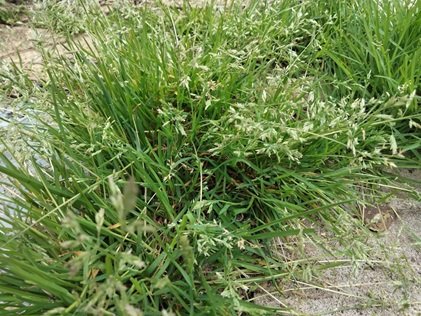
There are a few quite common grasses. The most common is probably annual meadow grass. A plant growing to 4/5 inches with flowers. Often in lawns but will grow just about anywhere. I don’t personally think it’s that annual! The next is a form of Bromus (sorry no common name) I was introduced to this as herringbone grass as this is what the seed heads resemble. But I’m sure it’s not called this. Grows from seed, flowers and disperses in the same season. Grows up to a foot and will grow in our gardens as well as any waste areas. The next grass is known by many names but the best one I like is angels fishing rod grass. A large grass (sedge – a type of rush) clump with tall arching flower heads in June. It seeds prolifically. Easy to remove when young and is an evergreen grass.
Perennial weeds,
This group just like the annuals is large, and as the reference perennial means like herbaceous perennials. These weeds either stay evergreen or completely die away in winter. If like me and you live in rurally then the types of perennial weeds that can appear in your garden can vary a lot, mostly brought in by the wind or my animals returning home after a day of roaming the countryside with seeds attach to their fur. They could also have spread in from neighbouring gardens or wild spaces like creeping buttercup.
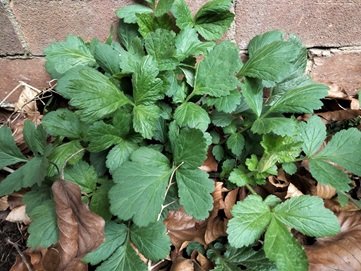
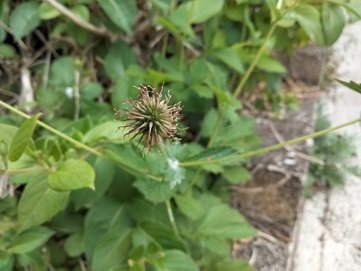
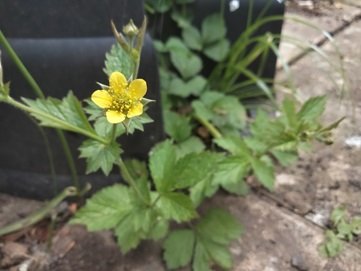
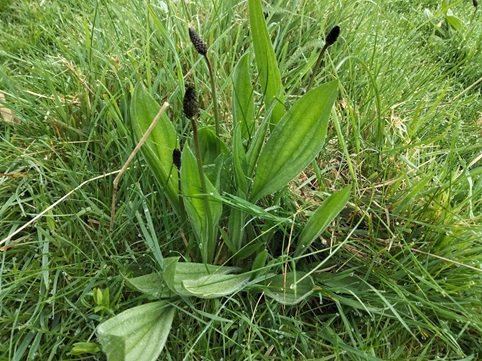
I find that perennial weeds have two main growing types, firstly producing a tap root like with dandelion, produces long tap roots and large green rosette of leaves with many golden yellow flowers, seed produced in what we call a clock. Dock, even longer tap roots once established. Cinquefoil, also produces vegetatively a bit like a strawberry runner, and fibrous rooted like creeping buttercup, which like cinquefoil produces strawberry runners, avens, has a small yellow flower and hook like seeds that snag in to clothing and the fur on your animals.
Perennial weeds may also include nettle, speedwell, plantain, daisy and many others.
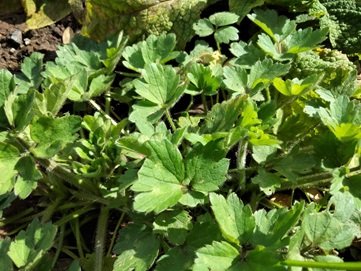

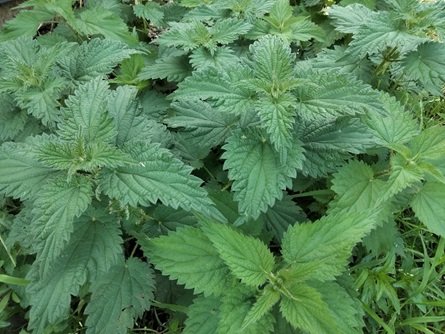
Like with annual weeds hand weeding and hoeing when young is a good eradicator for these and mulching. However, with experience I have noticed that these weeds can turn up and only notice them when there flowering inside your prized plants. If these weeds have turned up in your herbaceous plants, then you can remove these by splitting the perennial up and remove the perennial weeds. If you have perennial weed in shrubs then your either have to use weedkiller or continually pull them off. With perennial weeds that produce a tap root snapping them off is good at the time but they will grow back. Once perennial weeds are established in and around your plants it’s a case of constantly digging them out. Perennial weeds can be composted providing they have no seeds and perennial weeds that have tap roots need to disposed in your garden waste bin or taken to the local council recycling centre. As they will re grow in your composting bin.
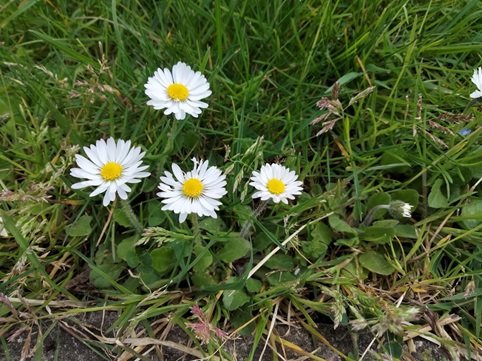
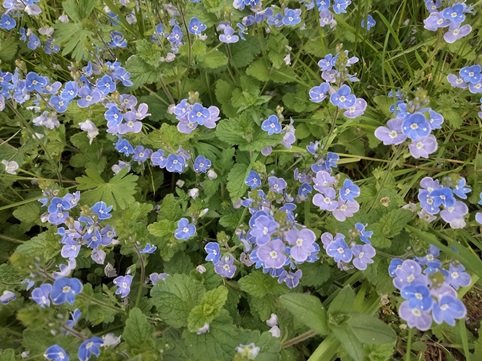
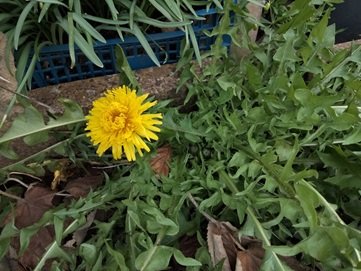
Pernicious weeds
Pernicious weeds are also perennials and primarily spread from underground roots. However, they are flowering plants and will grow from seed also. Once these weeds are in your garden or were already in your garden, they can be very difficult to get rid of, some nigh on impossible and it’s a case of having to manage them.
Pernicious weeds include Bindweed, couch grass, enchanters’ nightshade, ground elder, mares’ tail and a few others
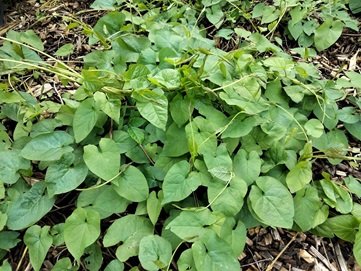
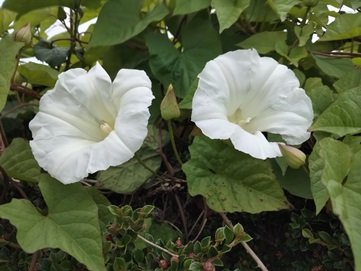
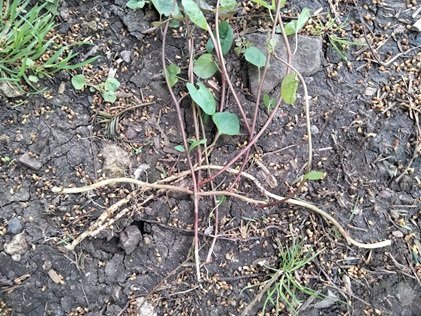
To note, Bindweed is a Victorian escaped introduction. Bindweed makes a pencil thick white root and is easily identified in the soil. I have found with experience that the roots can go down at least a foot in most soils. It also produces a white funnel shaped flower and will quite happily grow from seed too. Couch grass, quite a shallow rooted plant. It spreads primarily on an adapted creeping stem and enchanter’s nightshade, mostly a woodland plant, has thin white brittle roots and seeds that are barbed and clings to clothing and fur. Ground elder was introduced by the romans as a vegetable and is a naturalized plant as opposed to a native plant. (eat roots and leaves) spreads by seed but primarily on creeping that fill the soil only a few inches down in a mat of roots. I once spent a whole winter digging this out of someone’s garden. Only to find they went off to a plant fair and very proudly brought back three pots of the variegated version of ground elder!
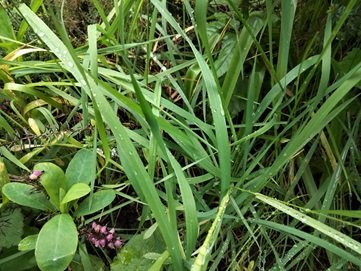
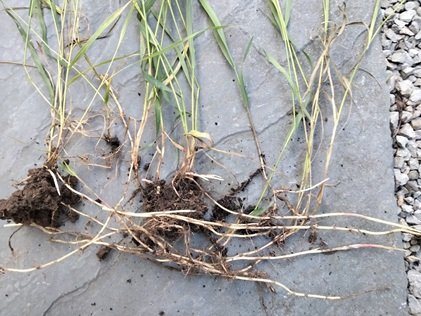
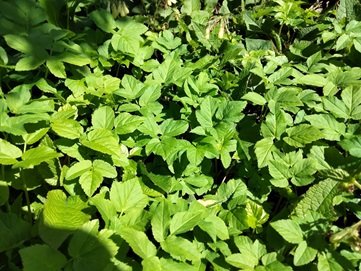
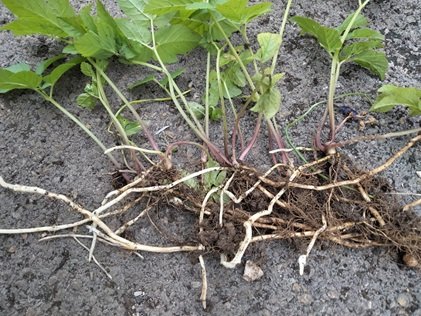
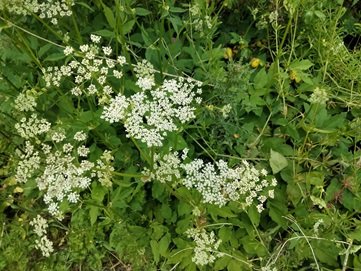
If you have these weeds in your garden then they are very difficult to manage. Constant digging out or pulling off as soon as they are seen growing and disposing the roots and green parts in the bin or in to council recycling centre.
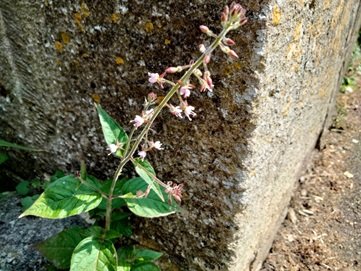
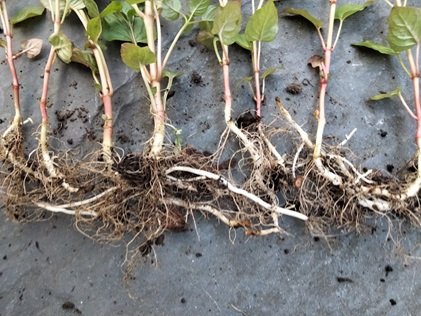
Remember these weeds will re grow from the tiniest piece of root you leave in the soil.
If you are unlucky enough to have mares’ tail in your garden then you’re fighting a losing battle. Remove it every time you see the green ferny leaf structures and flowers in autumn or spring. The roots of this ancient plant can go down 6 plus meters into the soil. Again, put this plant in the bin or to the recycling centre.
